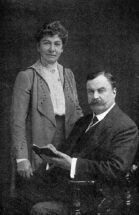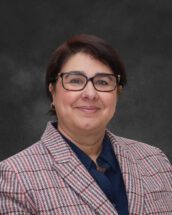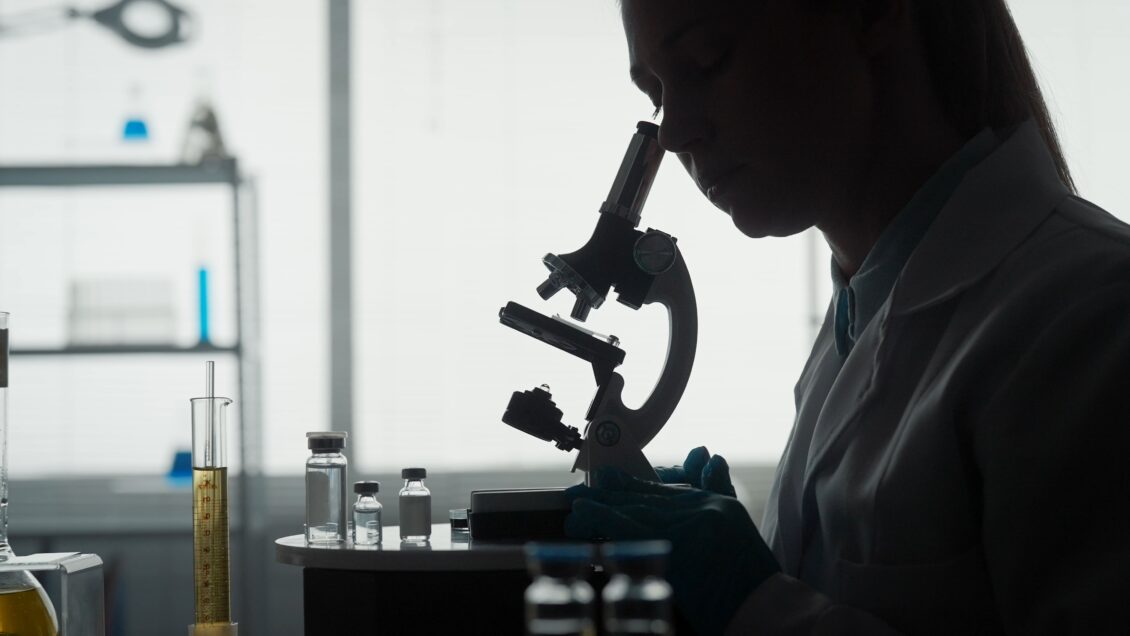While she worked side-by-side with her husband, Mary Bruce never received the same credit for the many discoveries in tropical medicine the pair made in the late 1800s and early 1900s.
Kimberly Paul, an associate professor in the Clemson University Department of Genetics and Biochemistry, researches African sleeping sickness, one of the diseases for which the Bruces discovered the cause.
When Paul encountered the story of Mary Bruce, she thought it likely that others had similar fates.
Hidden figures
“This got me to thinking about other stories in science involving ‘hidden figures’ or hidden and overlooked contributions by historically ignored peoples, communities and groups,” she said.
That led her to create a Creative Inquiry project she named after Mary Bruce, whose contributions have historically been overshadowed by those of her husband, renowned parasitologist Sir David Bruce.
“It allows students to explore, research and write blog posts about these hidden topics and overlooked contributors to science,” Paul said.
Students select topics and collaboratively edit and revise the blog posts, which are posted to the website for the project, marybruceproject.org. Student focuses range from hidden figures to controversial or overlooked practices.

“There’s a lot of interest among students in learning about the contributions of the marginalized and the overlooked contributors to our global knowledge and technology. So, the theme appeals to them,” Paul said.
Mary Bruce handled a number of tasks, from “simple note taking, to scientific illustration, to being a key contributor to published papers,” Hunter Gentry wrote in her blog post about the under-appreciated woman. Mary Bruce illustrated many of the scientific drawings for her husband’s papers. She received formal recognition for some, but not all, despite the fact “her distinctive artistic stamp is readily apparent in the elegant drawings,” Gentry wrote.
Not only did Mary Bruce help her husband with his scientific and medical endeavors, she also had her own sphere of authority; she was the head nurse, or Sister in Charge, of the operating theater when she and her husband were working in the field hospital in Ubombo Hill in South Africa. Throughout the blog, Gentry stressed the importance of not considering Sir David Bruce’s accomplishments without acknowledging Mary Bruce’s hand in them.
Controversial topic
Currently, Lillian Mergen, a genetics student, is focusing on stem cell research’s political and controversial history in the United States, as well as the future this research holds. In 2001, President George W. Bush stopped federal funding for research on newly created human embryonic stem cell lines. Mergen said this led to decreased research development in this country. Meanwhile, scientists in Japan made advances in the research in the early 2000s, broadening understanding of how stem cells can be used to treat disease. Mergen’s blog investigates what strides could science be making now if stem cell research had not been undercut previously. This once overlooked research offers potential treatments or cures to a number of medical problems, such as sickle cell anemia.
Other projects focus on the disparities of labor and delivery in incarcerated women, the history of anesthesia and another hidden figure, Bessie Blount Griffin, a Black physical therapist born in 1914.
Like Mary Bruce, Griffin made significant contributions to the medical field, specifically in technology. She is the subject of research by Meghan Werner, a genetics student.
Defying the status quo
As a child, Griffin’s defying the status quo was part of her character. Instead of learning to write right-handed as a left-handed child, she taught herself to write with her feet. In her future, she would teach disabled veteran amputees to write with other parts of their bodies.

Griffin also invented tools that are used in hospitals today, like the emesis basin, and she spent most of her career helping disabled veterans. For example, she developed an apparatus that helped disabled veterans eat independently. Some of her inventions were implemented in French military hospitals, but she faced resistance in the American medical field due to her gender and race. Her innovations were not as quickly adopted nor properly credited to her.
Paul said that this CI is important not only because it advocates for people and practices that have gone unnoticed in the science field, but also because it allows students to combine STEM research with writing for a general audience.
Passion for topics
“Most of the students I have had in the CI are STEM majors, but many have minors in other fields like psychology, history and anthropology, or they are just interested in writing a blog. So this CI allows them to tap into that humanities/social sciences side of their education,” Paul said.
The students’ passion for their topics and for research allows them to write blog posts that both educate and entertain.
“Even though this is not true journalism, we also discuss standards for integrity and fact-checking,” explained Paul. “They also learn a little about the legalities of image use. What I really enjoy is seeing the evolution of a student’s blog from something that reads like a report for class to an engaging, well-written and well-researched story that someone would want to read for fun.”
Genetics student Noelle Shorter is investigating the treatment of incarcerated pregnant women.
“That’s how you make changes in the future, because if we keep going off just what is already known, nothing changes. But if we get the ball rolling, we start making people uncomfortable and change happens.”
Get in touch and we will connect you with the author or another expert.
Or email us at news@clemson.edu

